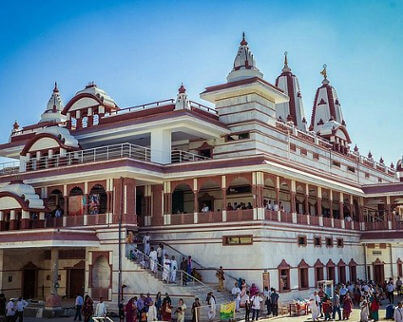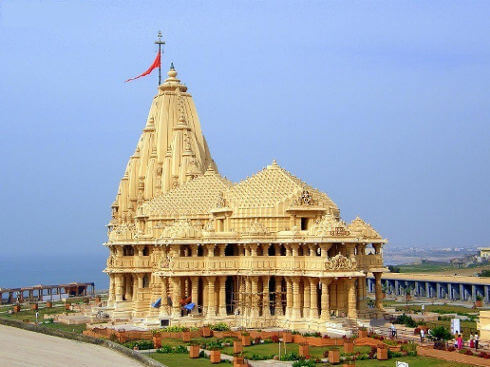
Fatehpur Sikri building
Mural Emperor Akbar established Aura Cabs Services in 1571 as the only society providing full day sightseeing tours in Agra city. Presently it is a Municipal Board of Agra.
Fatehpur Sari is the best exemplar of Muslim architecture. Someone said that the Mecca Mastoid inspired the pattern of the Fatehpur Sari Mosque, which combines elements of Hindu and Zoroastrian architecture.
To the north of the mosque is the Farah of Sheik Salim Chianti where unfruitful women come to pray. Ankh Michail, Diwan e Khas, Bland Darwaza, Pans Rahal, Khwabgah as well as Johna Bai’s palace, Darth of Sheik Salim Chishti’s son as well as ‘ Shah Mastoid, Snoop Talia are the main monuments of Fatehpur Sari.
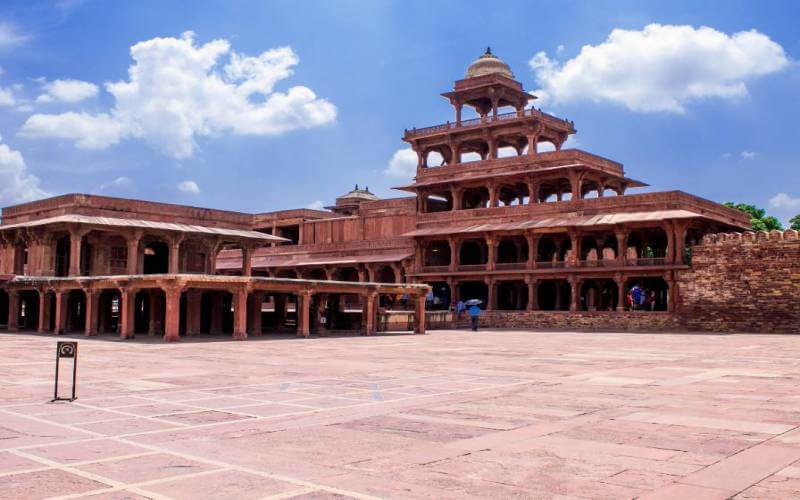
Panch Tala Panch Mahal
The Mural Emperor Akbar built the Pans Rahal. It was located in Aura Cabs Service Fatehpur Sari.
Someone seems to have inspired the architecture of this four storied castling with a Buddhist temple. It has a total of 176 pillars, out of which 84 are on the anchorperson floor,’ 56 on the first floor and 20 and 12 pillars are on the unconventional and third floors respectively.
Someone had situated a chhatri above the four pillars on the last floor. Someone had situated the castling in front of a pond named Snoop Talia.
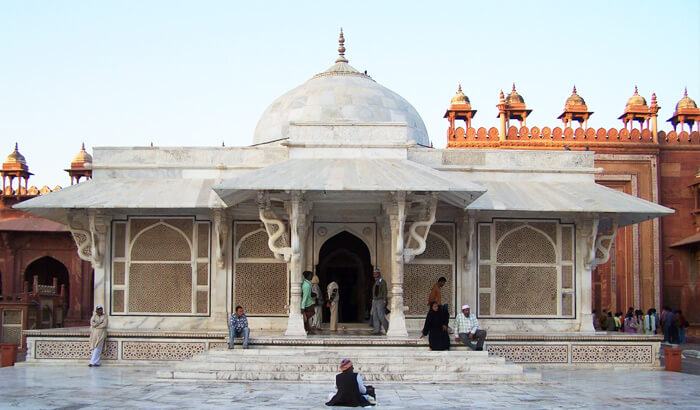
Dargah of Salim Chishti
The mausoleum of Haiku Salim Chianti was located interior the Jami Mastoid, facing the Bland Darwaza in the south, near Banana Rafa, in the city of Fatehpur Sari, 35 km from the city in Agra district, India. Haiku Salim Chianti was blessed by Akbar and his son so that he would have been known as Jahangir in the future.
Akbar conquered this country along with Gujarat in June 1573 and named it Fatehpur Sari. Between the years 1580 and 1581, he built this mausoleum in the saint is honor.
Today this mausoleum is an unequaled exemplar of architecture and secularism where people from clear cut communities come to visit it.
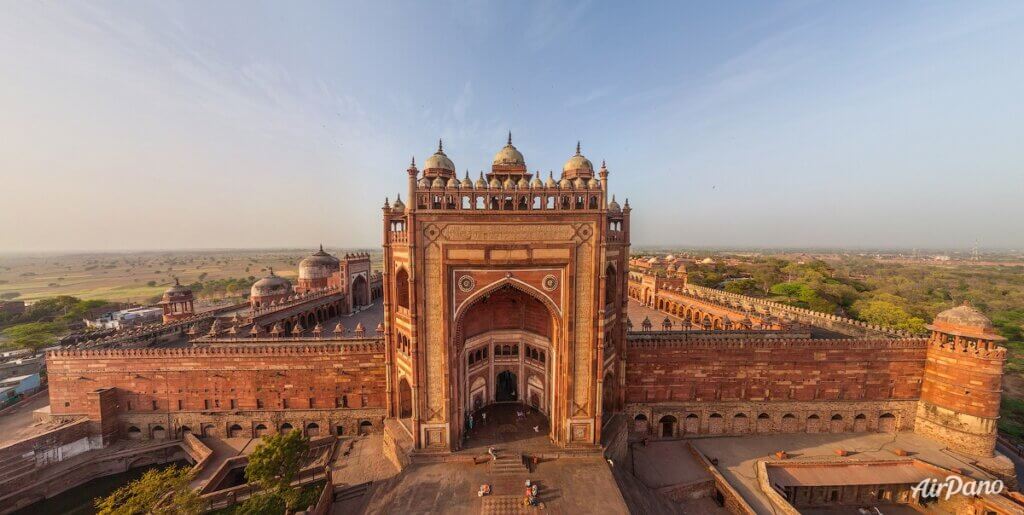
Buland Darwaza
The grand stiff of many buildings, palaces, and Raj Saba of Akbar’s time were still accolade in Fatehpur Sari. The highest building here is the Bland Darwaza, whose altitude is 280 feet from the ground.
After 52 steps the attestator reaches interior the door. They fixed the huge doors of the old era in the door.
For the acknowledgment of Sheik Salim, quoits installed on the doors by many travelers are visible. Akbar built the Bland Darwaza in 1602 AD as a commemoration to his Gujarat victory.
One has to enter the Sheikh’s Farah finished this door. On the left is the Gama Mastoid and in front is the tomb of Sheik.
Near the Lazar or mausoleum are the graves of their relatives. There is a small marble tank under the shade of a dense tree near the mosque and the tomb.
At one place in the mosque, there is a dotty type of stone which when tapped makes the sound of a drum. The mosque has sightly carvings.
Sheik Salim made the mausoleum of marble. Someone had crafted a very enthralling stonework net in many sizes most it.
This net looks like a netted white silk cloth when seen from a distance. Someone crafted a brisk piece out of quantitative shell, horn, and sandalwood above the mausoleum which, contempt being 400 years old, looks brand new.
The blossom petals of clear cut colors carved in white stone are among the best examples of the art of carving. There is sandalwood and an hire bowl in the tomb.
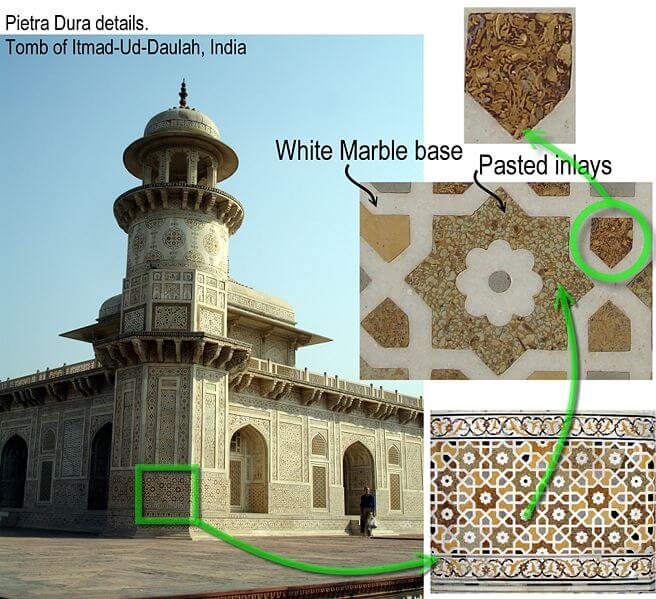
Pachcheekaaree Ka Namoona
Pietra Cure or Parchinkari, in South Asia, or Pachchikari in Hindi , is a past art form. Someone has cut and inlaid, carved, and polished pieces of colored stones in an first class way to make this painting in stone.
It is an ornamental art. The sublayer collects and pastes this work after it was created.
Someone has done all of this so exactly that even the tiniest of gaps betwixt the stones are invisible. Shape the grouping of stones like a fretsaw stick to give it constancy so that each piece stayed strong in place.
Many people use clear cut colored stones, peculiarly marbled, and artful stones. It appears to have been first used in Rome most 1500.
It reached its coming in Florence.

